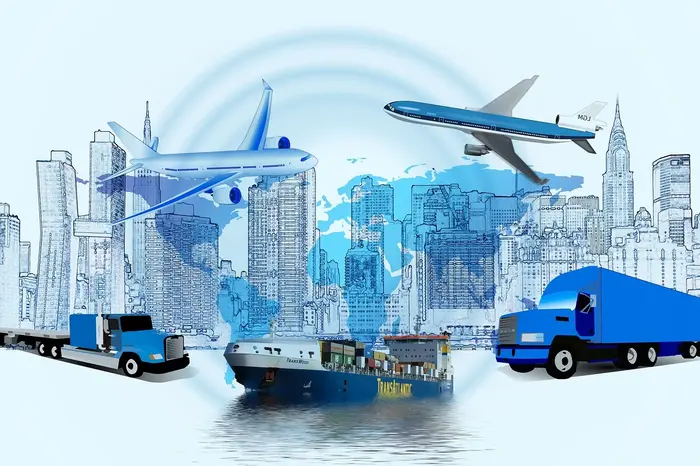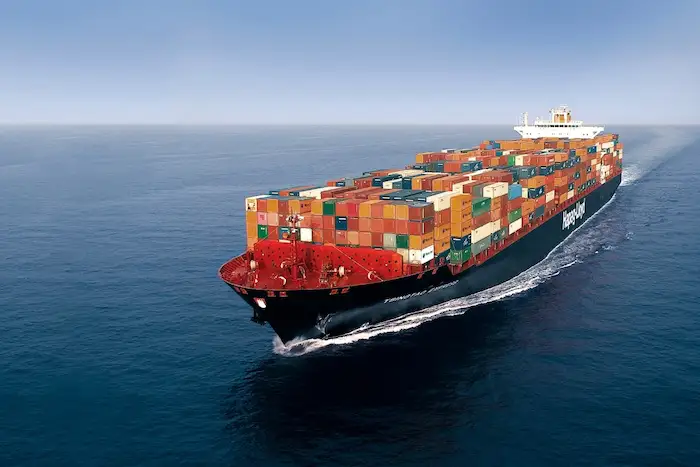Checklist to ensure your fleet management software meets your business need!
Amazon ships over 66,000 orders per hour, i.e.18.5 orders per second! Ever wondered how you get your online deliveries so fast?
An effective fleet management system is a simple answer to this question! Out of all logistics and supply chain solutions available, this one helps to enhance delivery while saving costs.
But what does fleet management mean? What does fleet management software do? How to use it to enhance the efficiency of your business?
You’ll get all the answers here!
So putting it into simple words, a Fleet Management System is the process whereby companies tend to supervise vehicle tracking, navigating, routing, maintenance, financing, and replacement.
An effective fleet management system helps in the following:
- Reducing operational costs
- Increasing productivity
- Guaranteeing compliance
Yet fleet management is not as easy as it might sound and includes a plethora of responsibilities like:
- Vehicle maintenance
- Monitoring fuel consumption
- Driver management
- Asset utilization
- Fuel cost analysis
- Route planning and management
- Productivity optimization and much more
As a business, you must ensure that the fleet management software caters to your business needs. Ask these questions to ensure your fleet management software meets your business need:
Checklist:
1. Is the Route planning and monitoring in place?
Your fleet must be taking the optimized route. This aspect helps your business monitor the execution of routes and anticipate future events, support your fleet management decisions, minimize fuel consumption, and increase productivity. When this is taken care of, customers enjoy faster arrival times and a better customer experience.
2. Is the tracking hassle-free and accurate?
Tracking vehicles in your fleet is essential. We all know that software features like GPS tracking and fleet alarm keep you updated about the status and position of your vehicle on a 24/7 basis. Still, the efficiency of the same has to be validated to ensure the fleet management software is catering to your business needs.
Information like where your vehicles are, where they began the journey, where they stopped, and for how long? This information must be provided by the software smoothly. Apart from increasing productivity, you will also improve customer service, as you can inform your customers of vehicle arrival times. Moreover, such details will help you to formulate effective strategies backed up by data-driven planning and decision-making related to your vehicles in the fleet.
3. Does the fleet management software take care of fuel management?
Efficient fuel consumption is directly proportional to more significant savings. An ideal fleet management software must show the fuel levels of each vehicle in your fleet. This will help you keep track of:
- The volume of fuel used per trip,
- Frequency of refueling, and
- Similar indices will help you ascertain each vehicle’s fuel efficiency.
If you strategically plan your fuel consumption with the help of the software, your business can minimize the occurrence of redundant costs.
In conclusion, if you integrate fleet management software for your business that matches your business’s requirements, you can get the following:
- Easy Tracking And Planning Features
- Convenience In Customer Management
- Savings on Unseen And Hidden Costs
Go for a trial before you buy
A fleet management software trial should be opted to evaluate whether you made the right decision or not. This includes going over everything we’ve covered so far and assessing whether your tool of choice has:
- Lived up to your expectations in terms of business requirements
- Helped your team in overcoming their initial challenges
- Positively influence your team’s productivity and your business’s bottom line
Feel free to fix a free walkthrough demo of how GoComet’s solution can help you drive double-digit cost savings in your supply chain while eliminating all the pain points you may currently face due to the lack of automation.






